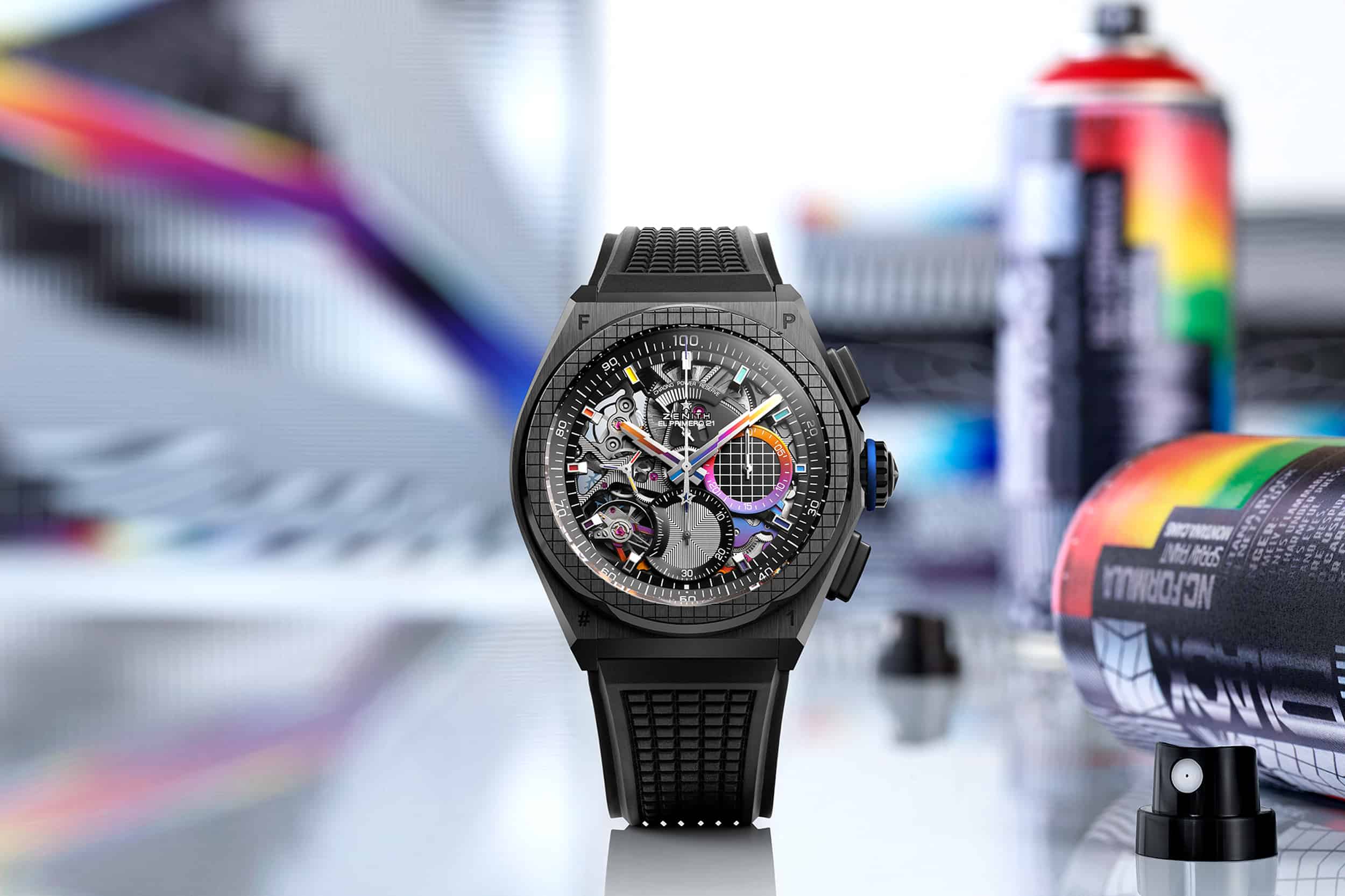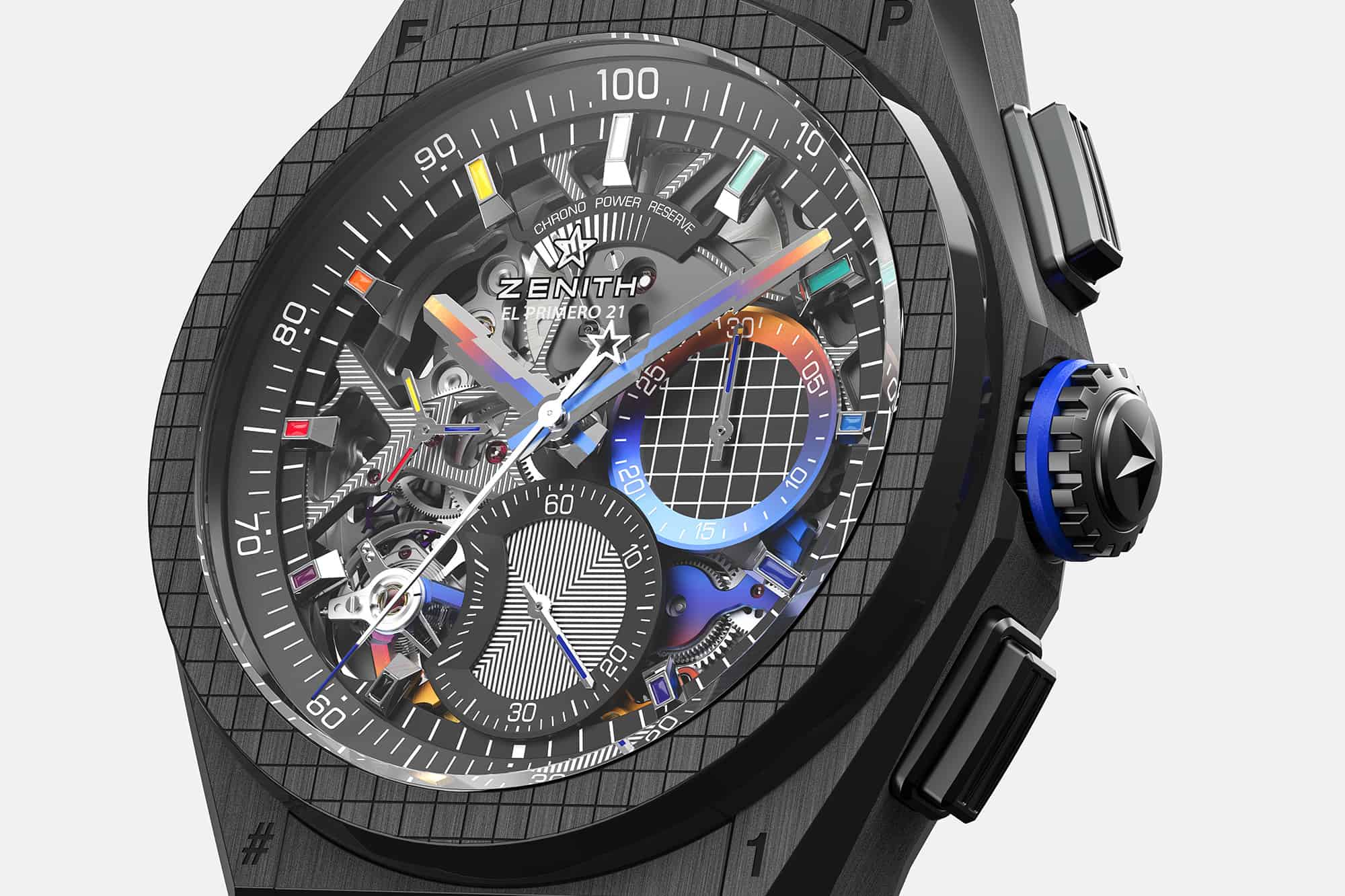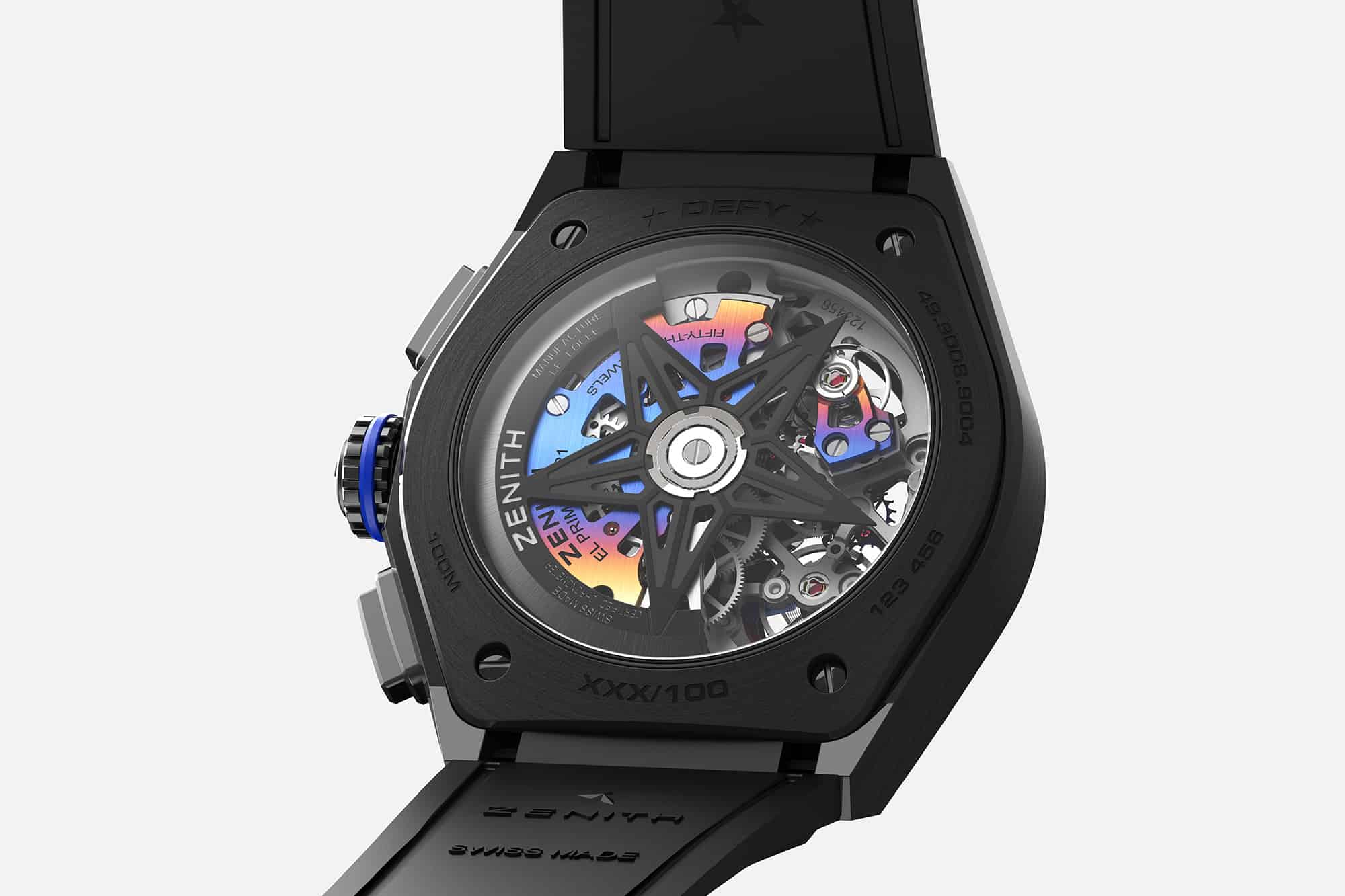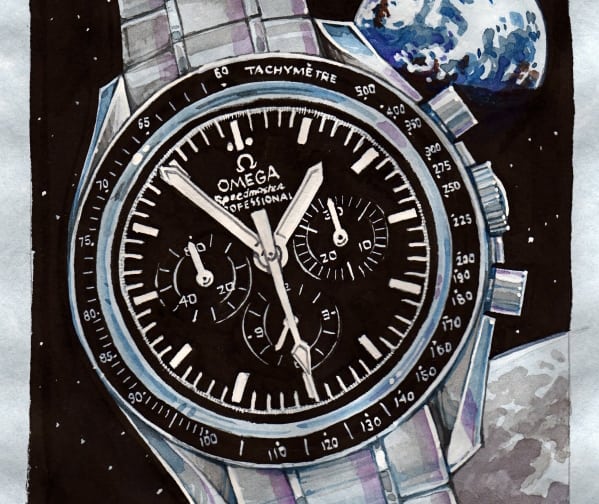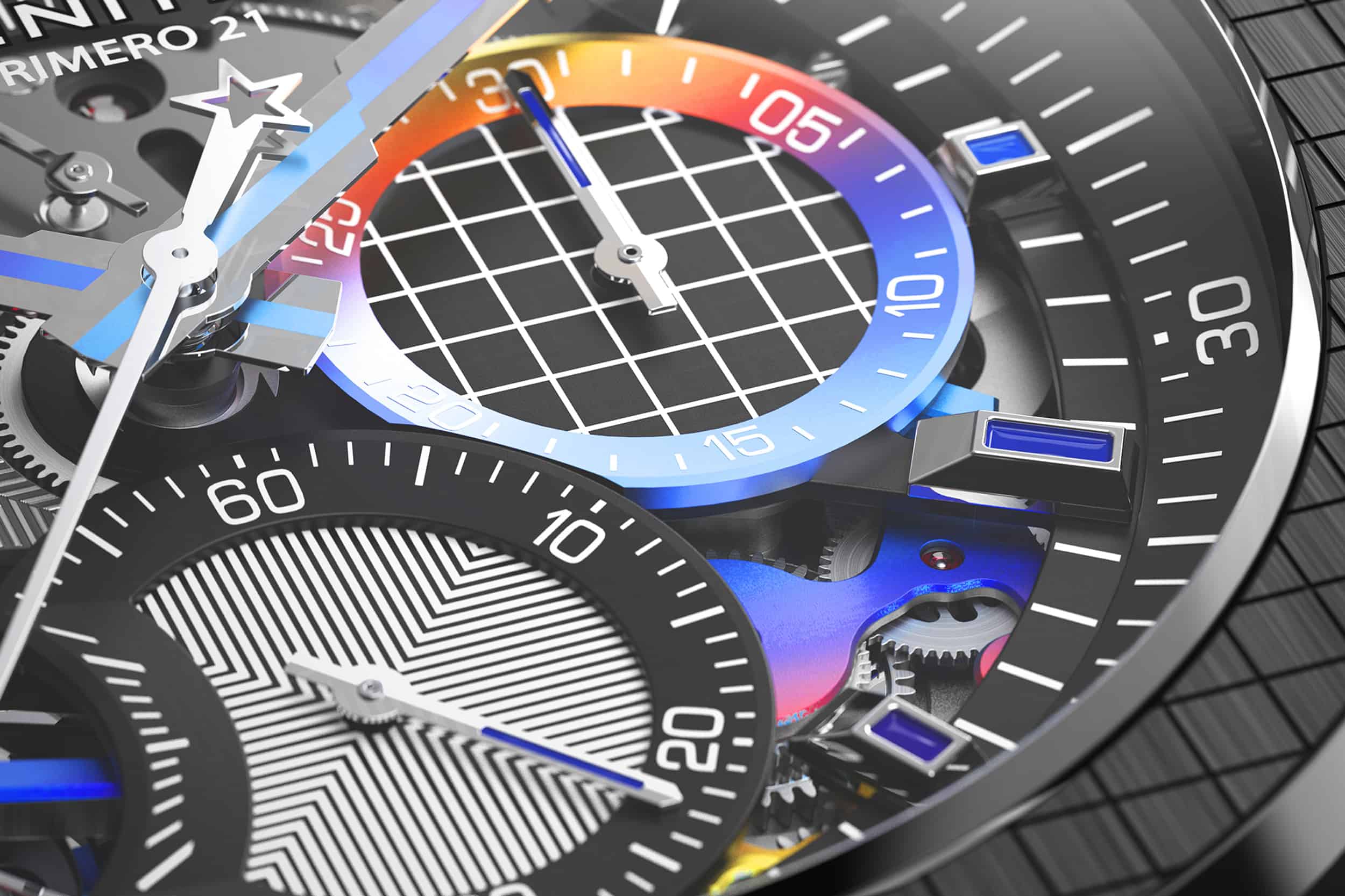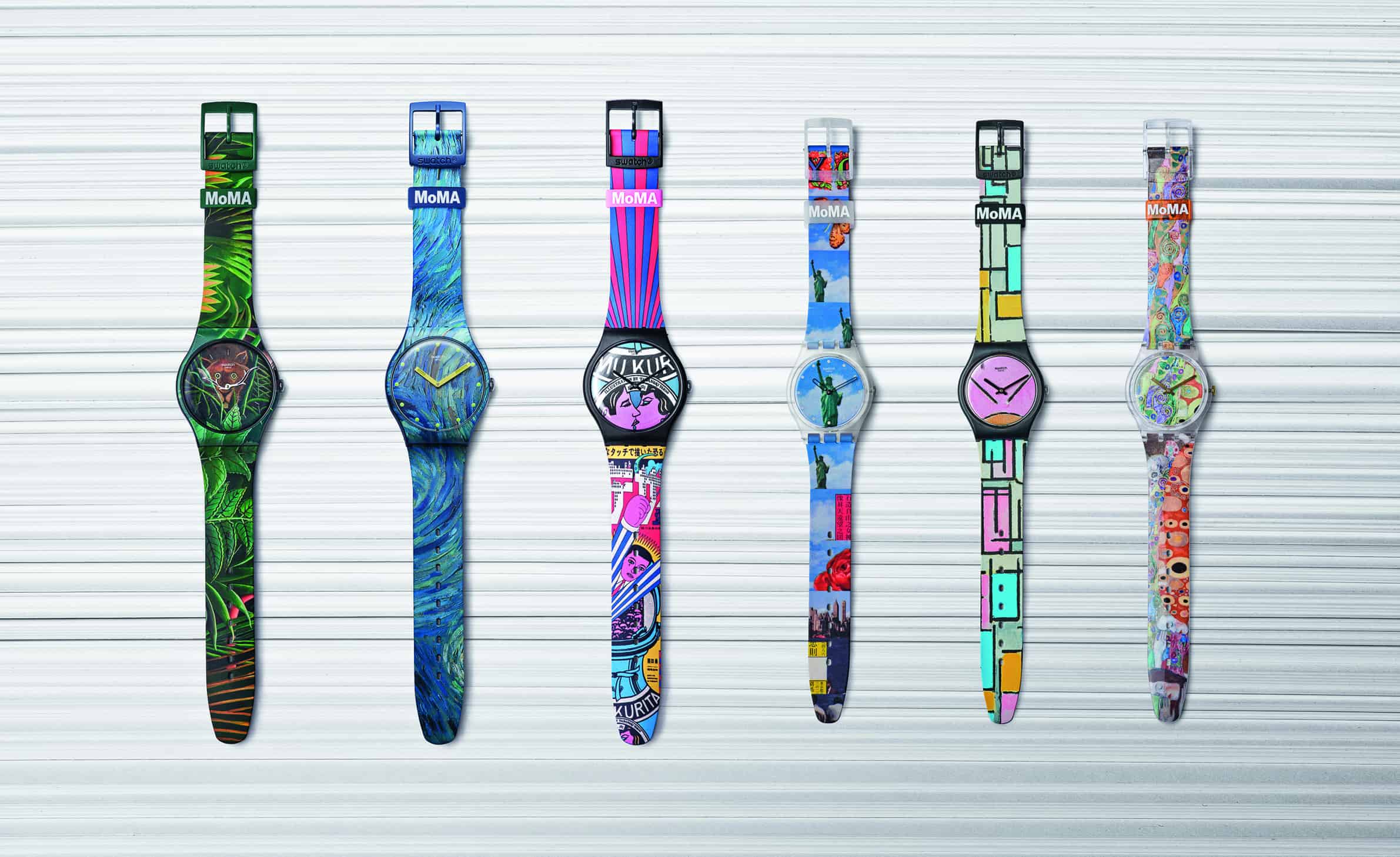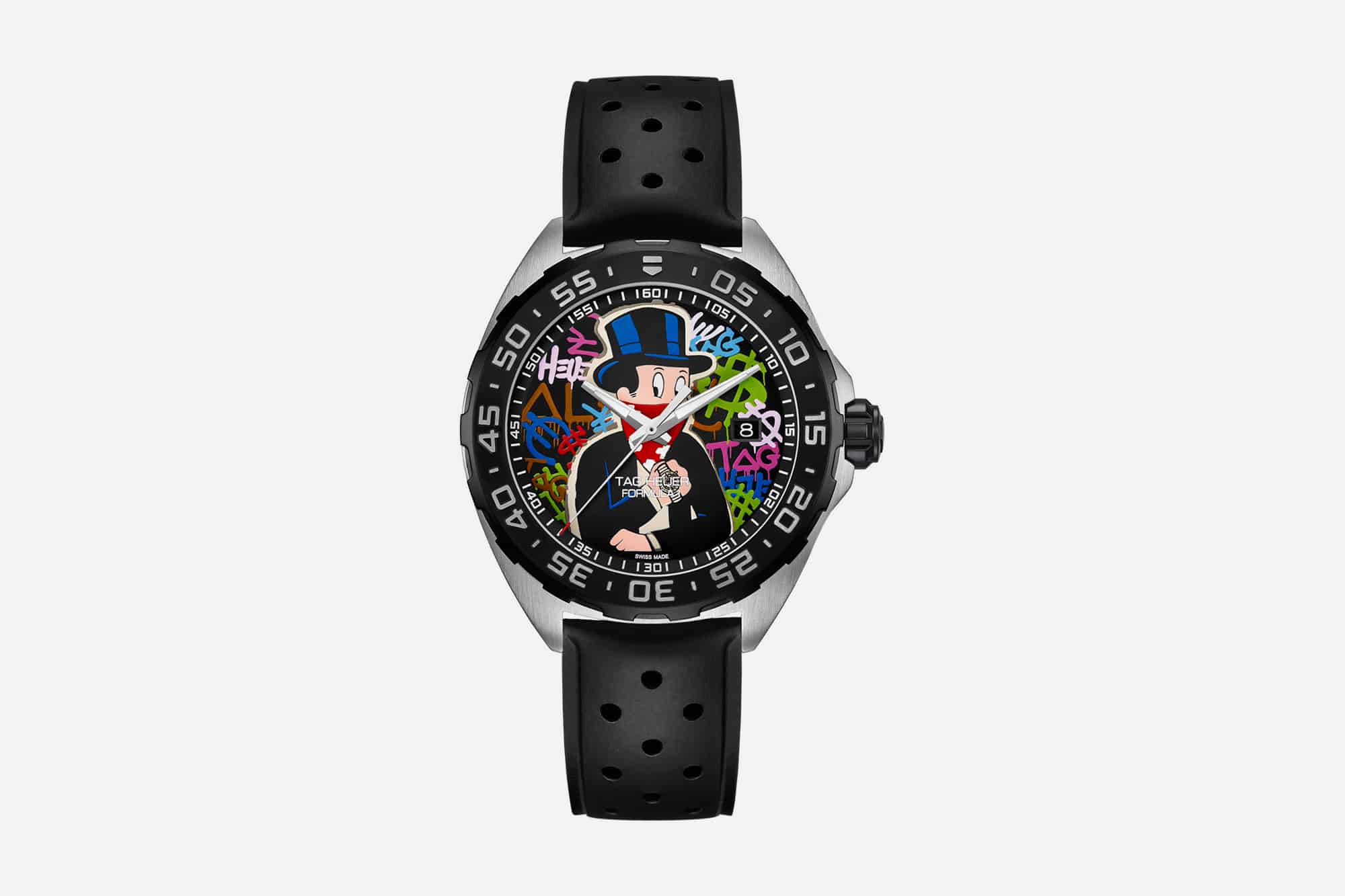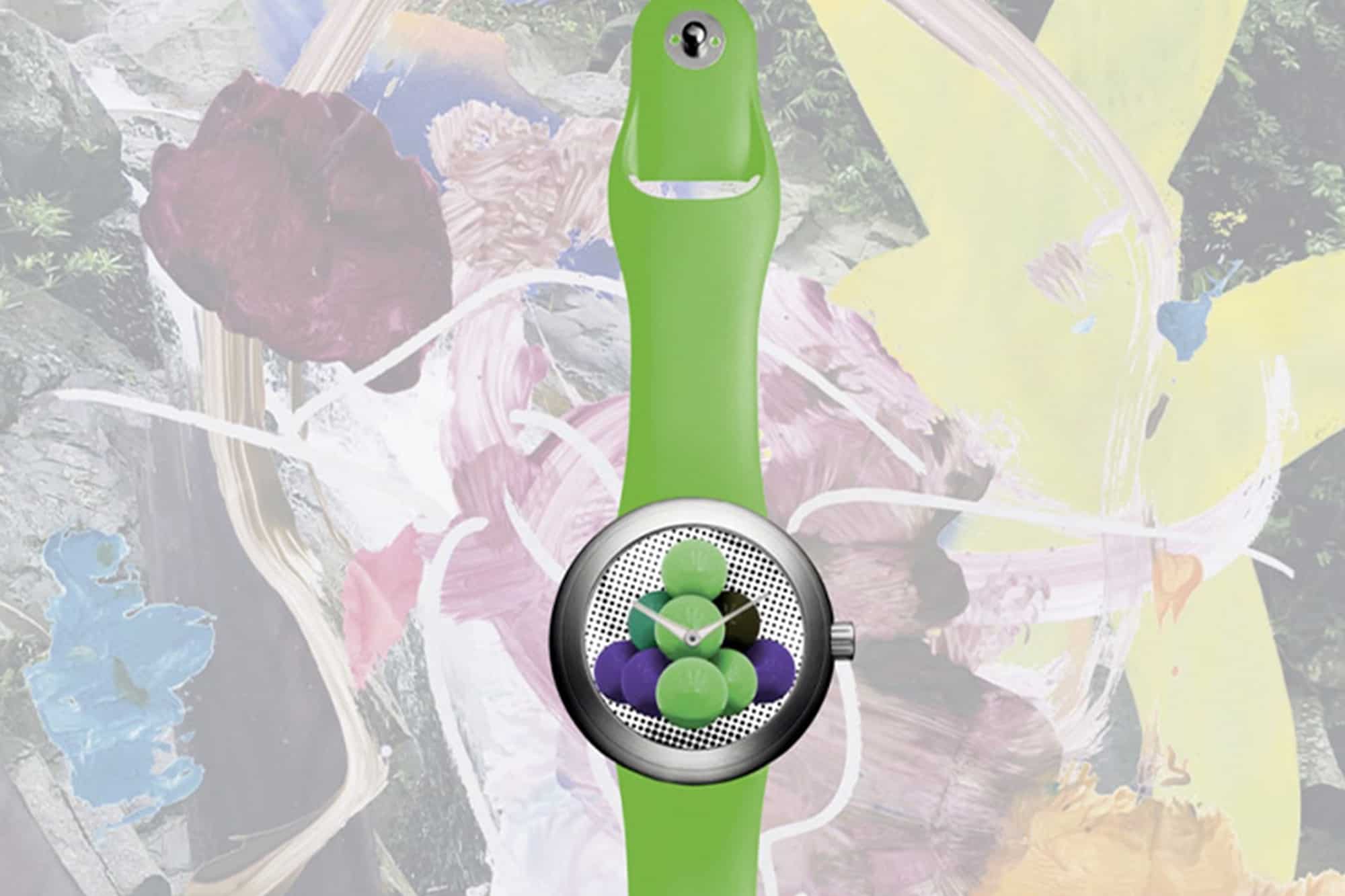Something kind of strange happened recently, when Zenith finally unveiled their latest Defy 21 creation, a collaboration with the artist Felipe Pantone, after quite a bit of teasing. Being a bit of a Zenith nut, I quickly shared their post on Instagram, even before I could fully take it in. Then I started to receive messages about the watch:
“Isn’t it amazing?”
“Are those hands for real?”
“Oh, that’s fire.”
“That is amazing!”
“I don’t know how I’m going to get one, but I’m going to get one.”
What was strange is that these messages came not only from fellow watch lovers, but from, well, my normal friends, who in spite of my regular watch posts that I’m guessing they care very little about, still follow me on Instagram out of some kind of social media loyalty. This was not normal, and something I immediately made a mental note of and have thought about quite a bit since. This watch is what we’d normally think of as “unapproachable.” It has a crazy design that is well outside the norm, uses a somewhat difficult to wrap your head around complication, and it costs nearly $20,000. It’s not exactly what I’d think of as a pop culture crossover watch.









 Featured Videos
Featured Videos




